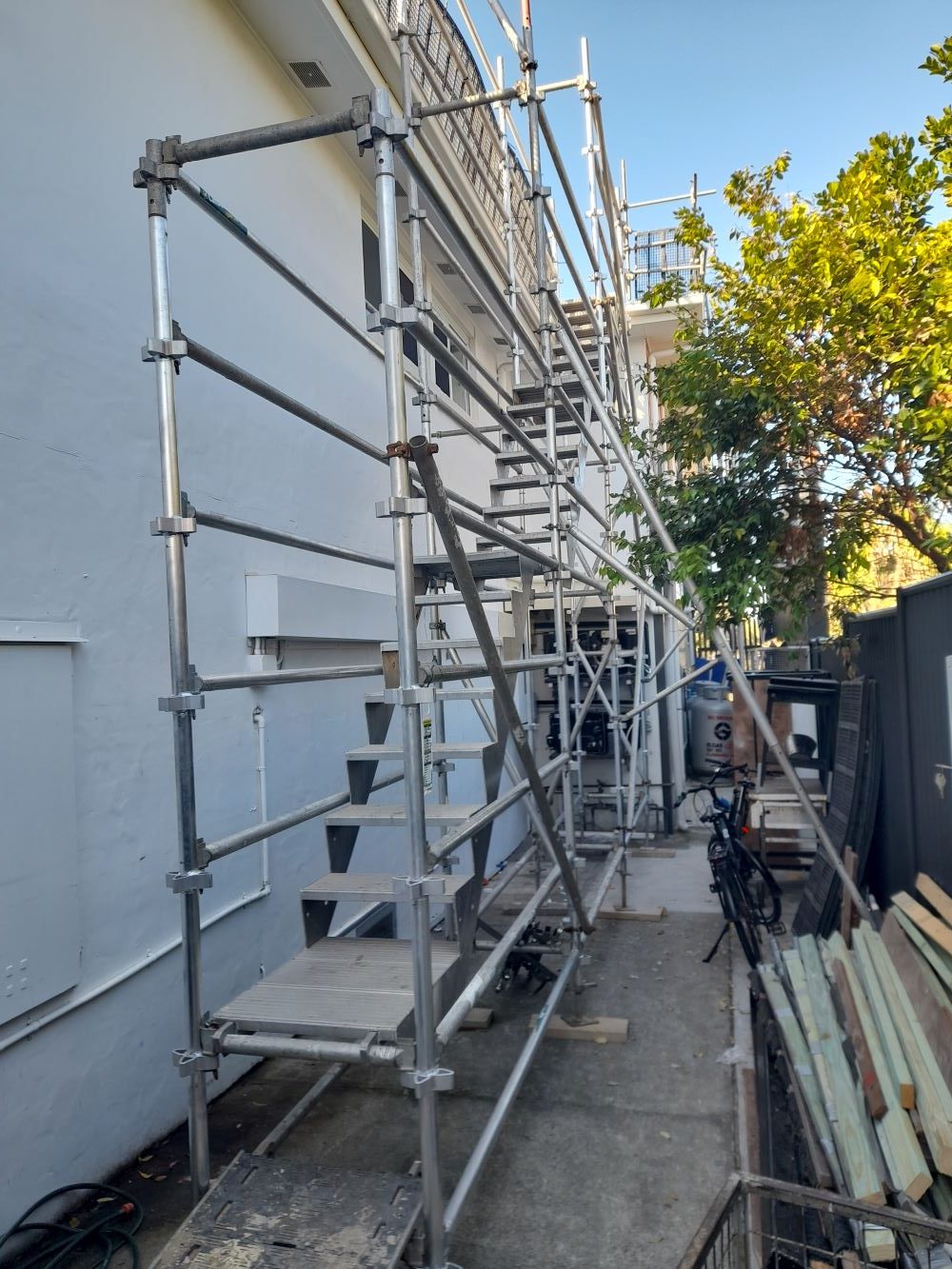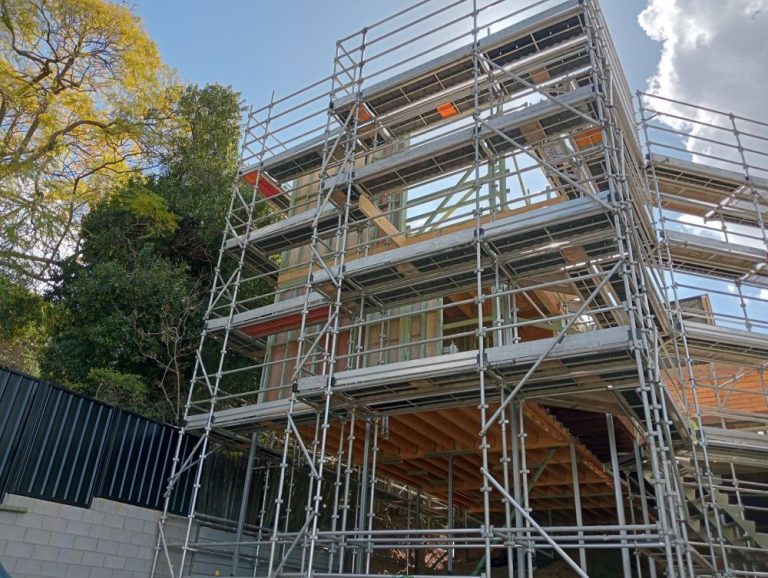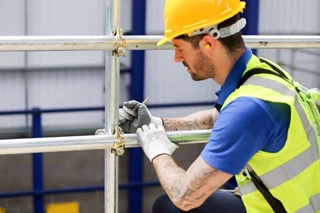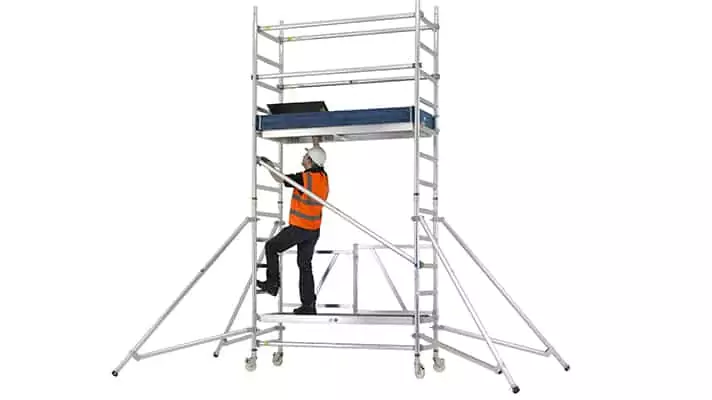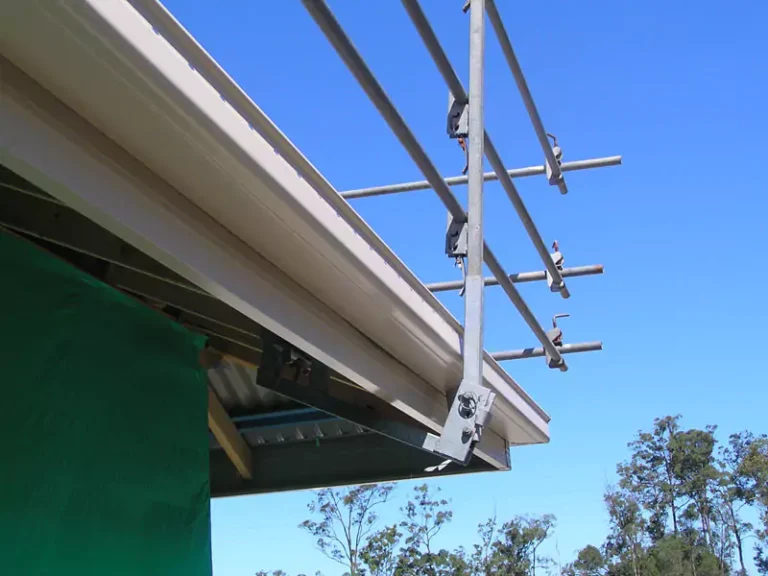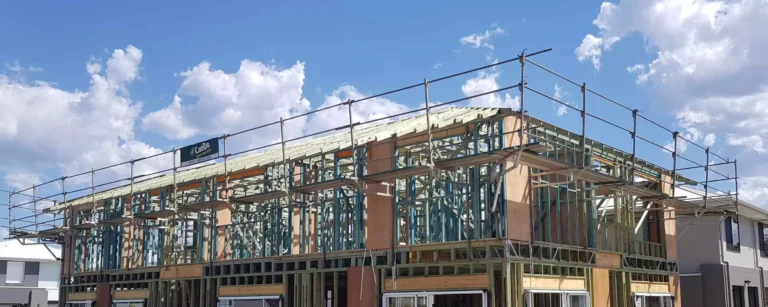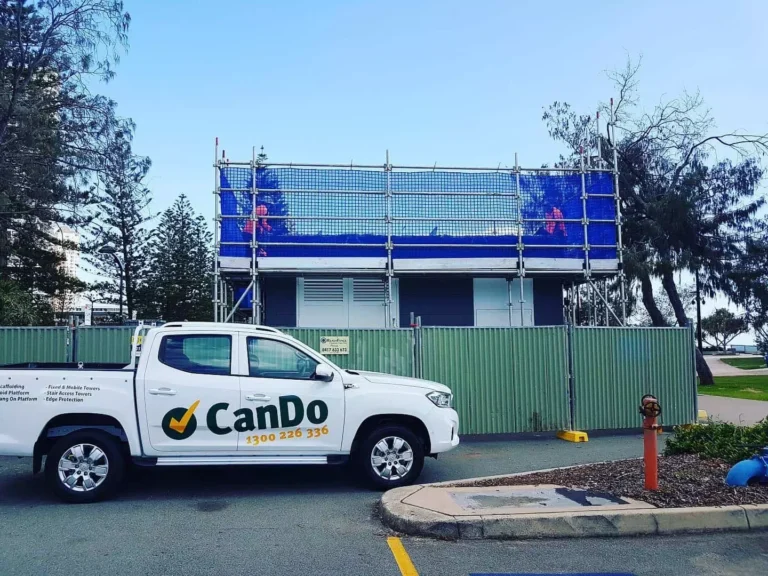Scaffolding With Tight Access Constraints
Scaffolding in Tight Access Areas
When it comes to construction projects, scaffolding plays a crucial role in providing a safe and stable working platform for workers. However, working in tight access areas can present unique challenges that require careful consideration.
Understanding the Challenges of Tight Access
Tight access areas are characterized by limited space and restricted movement. This can include narrow alleyways, confined building interiors, or areas surrounded by obstacles. Working in such spaces can make it difficult to manoeuvre and position traditional scaffolding systems.
Inadequate access not only hampers productivity but also poses significant safety risks. It becomes essential to find scaffolding solutions that are specifically designed to navigate these challenging spaces effectively.
Importance of Proper Scaffolding in Construction
Proper scaffolding is of paramount importance in any construction project, including those with tight access areas. It ensures the safety of workers, provides stability for performing tasks at various heights, and facilitates the movement of materials and equipment.
Using the right scaffolding system for tight access areas is crucial because it allows workers to reach heights and work in spaces that would otherwise be inaccessible. It also enhances efficiency by providing a stable platform for workers to perform their tasks.
By considering the unique challenges of tight access areas and using appropriate scaffolding systems, builders and homeowners can ensure a safe and productive working environment. Whether it’s a commercial or residential project, finding the right scaffolding solutions will contribute to the smooth progression of construction activities.
Types of Scaffolding Suitable for Tight Access
When working in areas with limited space, it’s crucial to choose the right type of scaffolding that can accommodate the constraints of tight access.
Mobile Scaffold Towers
Mobile scaffold towers are a versatile option for tight access areas. These scaffolds consist of a platform supported by wheels or castors, allowing for easy mobility. They are lightweight and can be assembled and disassembled quickly, making them ideal for projects that require frequent relocation.
Mobile scaffold towers are typically designed with adjustable heights, enabling workers to reach different levels safely. These scaffolds are also equipped with guardrails and safety features to ensure stability and prevent accidents. The mobility and flexibility of mobile scaffold towers make them a popular choice for various construction projects.
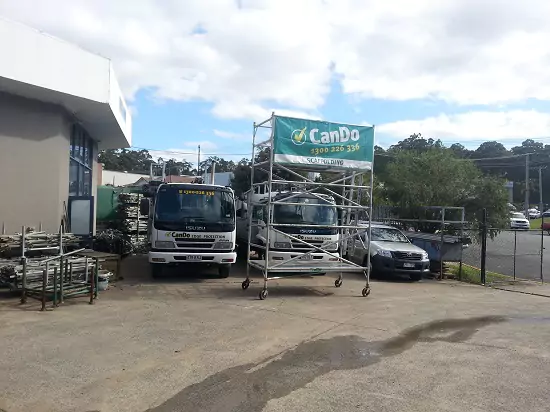
Hang On Platform Scaffold Systems
Hang On scaffold systems are another effective solution for tight access areas. These scaffolds are designed to be fixed to a structure or building, providing access to vertical or overhead working areas. Hang On scaffolds are ideal for situations where ground-based scaffolds are impractical or not feasible due to space constraints.
They are commonly used during new home builds, exterior renovations, painting projects, or maintenance work on buildings with limited ground space. Hang On scaffold systems offer a safe and efficient solution for working at height in tight access areas.
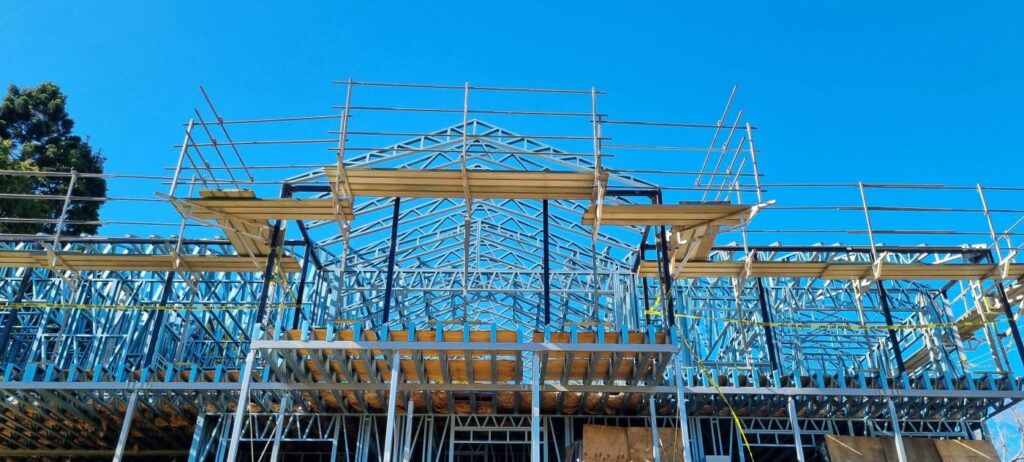
Factors to Consider for Scaffolding in Tight Access
When it comes to scaffolding in tight access areas, several factors need to be taken into consideration to ensure a safe and efficient construction process. These factors include size and weight limitations, ease of assembly and disassembly, and safety features and stability.
Size and Weight Limitations
Tight access areas often come with restrictions on the size and weight of scaffolding that can be used. It is crucial to carefully assess the dimensions of the space to determine the maximum height and width that the scaffolding can occupy. This information will help in selecting scaffolding systems that can fit within the confined space without compromising safety or obstructing the work area.
Additionally, scaffold height and load limitations must be considered to prevent overloading the structure. The scaffolding must be able to support the weight of workers, equipment, and materials. Failure to adhere to the weight limitations can result in structural damage and pose a significant safety risk to those working on the scaffolding.
Ease of Assembly and Disassembly
In tight access areas, the ease of assembly and disassembly of the scaffolding becomes crucial. The scaffolding system should be designed for quick and efficient setup to minimize disruption to the construction process. Look for scaffolding options that feature simple and intuitive assembly mechanisms, allowing for smooth installation even in confined spaces.
Similarly, easy disassembly is essential for efficient project completion. The scaffolding should be designed in such a way that it can be dismantled and removed without causing damage to the surrounding structures or wasting valuable time.
Safety Features and Stability
Safety should always be the top priority when working with scaffolding, especially in tight access areas where manoeuvrability may be limited. Look for scaffolding systems that offer enhanced safety features such as guardrails, non-slip platforms, and secure locking mechanisms. These features provide a safe working environment and minimize the risk of accidents or falls.
Stability is another critical factor to consider in tight access areas. The scaffolding system should be designed to provide a stable and sturdy platform for workers, even in confined spaces. Stability can be enhanced through the use of adjustable legs or base plates to ensure proper leveling on uneven surfaces.
By carefully considering size and weight limitations, ease of assembly and disassembly, as well as safety features and stability, builders and homeowners can select the most suitable scaffolding system for their tight access construction projects. Always consult with professional scaffolding companies in Australia and adhere to scaffolding regulations to ensure compliance and maintain a safe working environment.
Tips for Using Scaffolding in Tight Access Areas
When working in tight access areas, proper usage of scaffolding is crucial to ensure safety and efficiency.
Here are some tips to help you navigate through this challenging scenario:
Planning and Preparation
Before starting any construction or maintenance work, thorough planning and preparation are essential. This includes assessing the access area and determining the type of scaffolding that best suits the space. Consider the height, width, and weight limitations of the area to ensure the scaffolding can be safely installed. For more information on different types of scaffolding suitable for tight access, refer to our article on mobile scaffolding in Australia.
Proper Positioning and Stabilisation
When setting up the scaffolding, it’s crucial to ensure proper positioning and stabilization. Place the scaffolding on a stable and level foundation to minimize the risk of accidents. If necessary, use adjustable base plates or leveling jacks to even out any uneven ground.
Secure the scaffolding to the building or structure using appropriate anchoring methods to enhance stability. This will help prevent any unexpected movement or collapse.
Regular Inspections and Maintenance
Regular inspections and maintenance of the scaffolding are essential to identify and address any potential risks or issues. Inspect the scaffolding before each use to ensure all components are in good condition and properly secured. Look for signs of damage, such as cracks, bent parts, or loose connections. If any issues are detected, take immediate action to rectify them before proceeding with the work. Regular cleaning and maintenance of the scaffolding will help prolong its lifespan and ensure optimal performance.
Benefits of Hiring Professional Scaffolders
One of the key advantages of hiring professional scaffolders is their expertise in handling scaffolding projects in various environments, including tight access areas. These professionals are well-versed in the specific challenges that may arise in such situations and are trained to find effective solutions.
By entrusting the job to professionals, you can have peace of mind knowing that your scaffolding will be installed correctly and safely. Professional scaffolders have the necessary skills to assess the site, determine the appropriate scaffolding configuration, and ensure that it meets all safety requirements. Their expertise can help prevent accidents, minimize disruptions, and save you valuable time and resources.
Additionally, it’s essential to ensure that the scaffolding company complies with all relevant safety regulations and standards. They should have a thorough understanding of the scaffolding regulations in Australia and follow industry best practices.
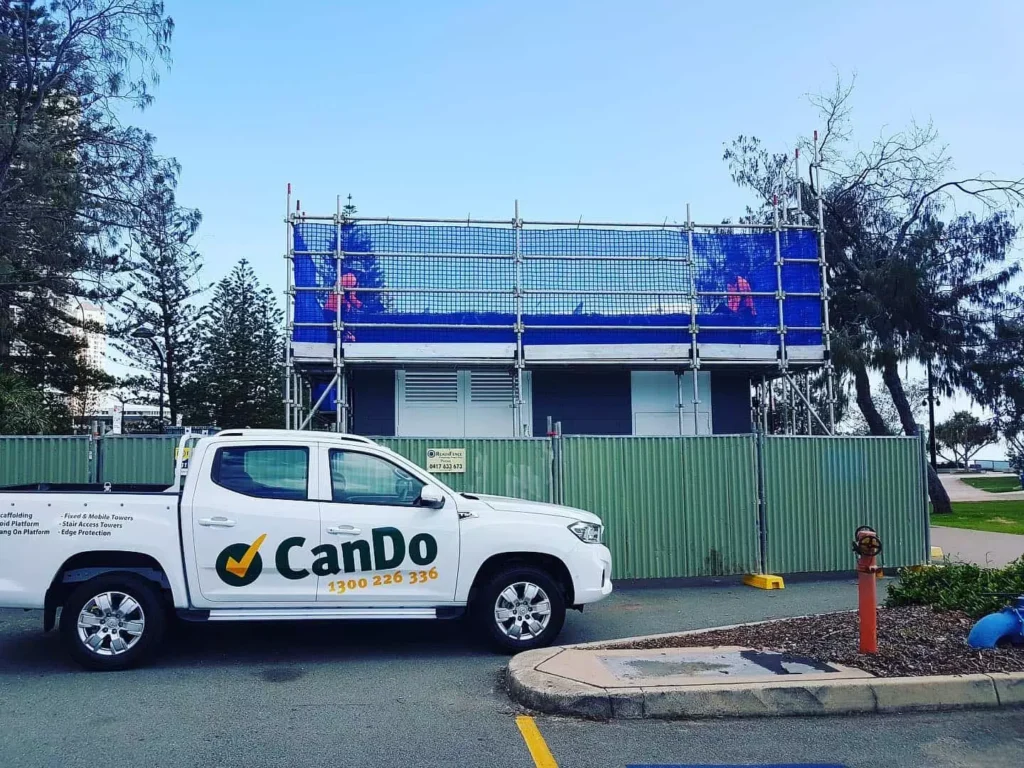
Ensuring Compliance with Safety Standards
Safety should always be a top priority when it comes to scaffolding. Hiring Cando Scaffolders will ensure that your scaffolding meets all safety standards and regulations.
Our team are trained to assess potential risks, implement appropriate safety measures, and conduct regular inspections to maintain the integrity of the scaffolding.
Working with Cando gives you access to our expertise in safety protocols and procedures. They can guide you through the necessary precautions and advise on the best practices for working with scaffolding in tight access areas. By adhering to safety standards, you can create a secure working environment and mitigate the risk of accidents or injuries.
Remember, when it comes to scaffolding in tight access areas, relying on an experienced scaffolding team such as Cando, offers numerous benefits. We bring expertise, experience, and commitment to safety to ensure that your scaffolding needs are met effectively.

